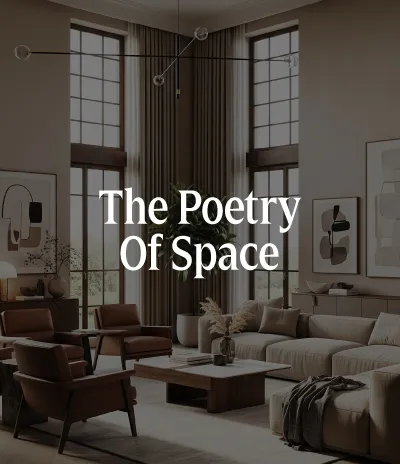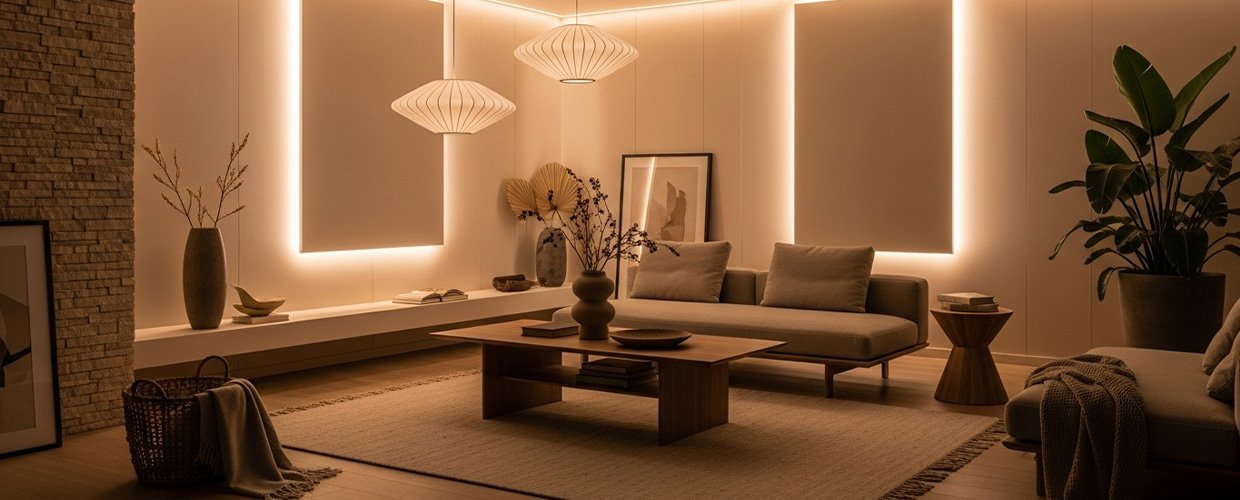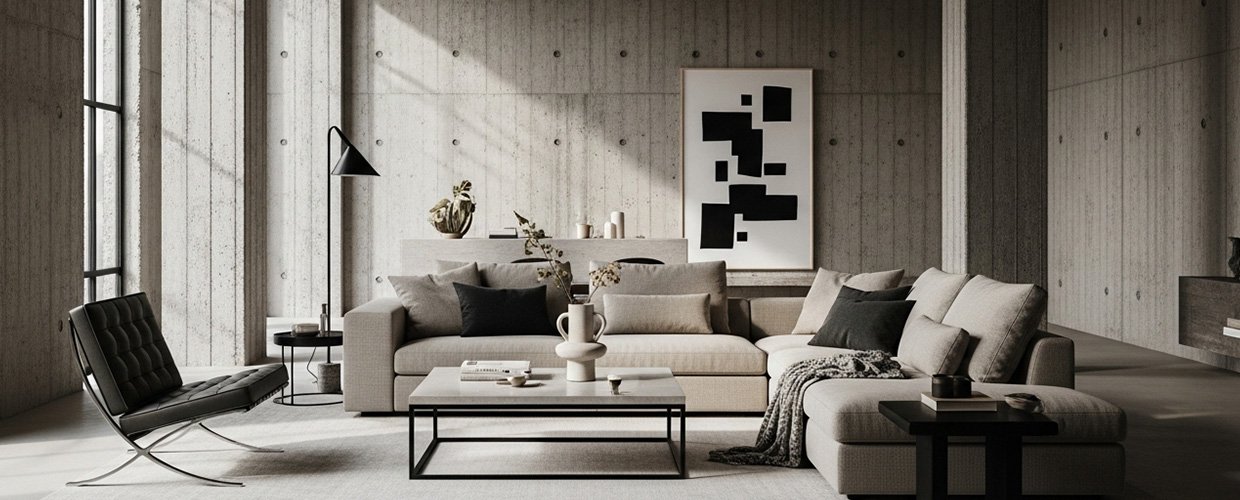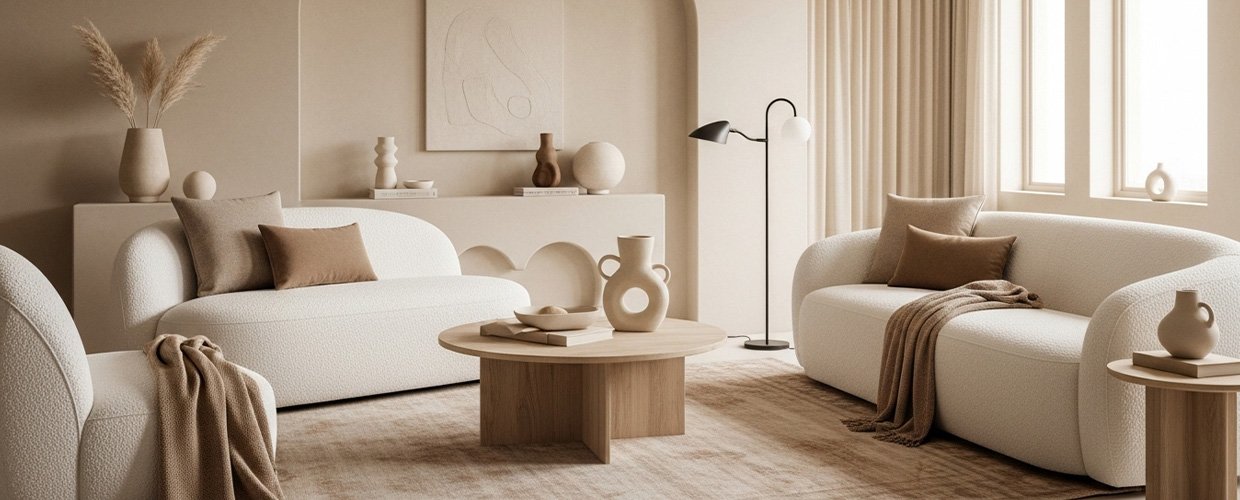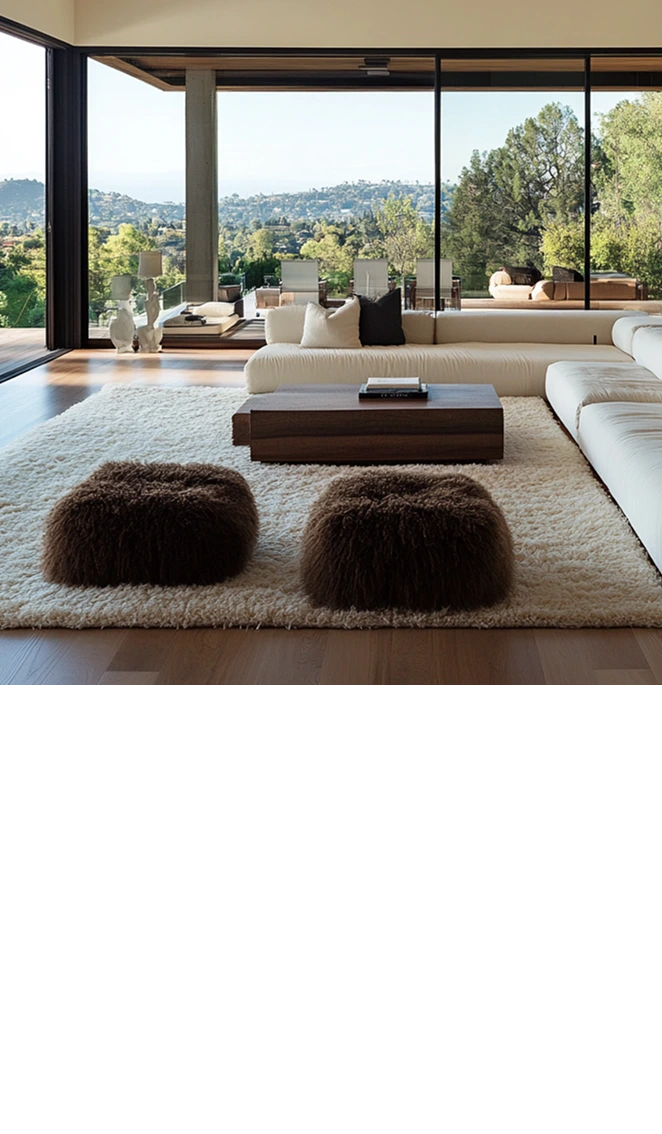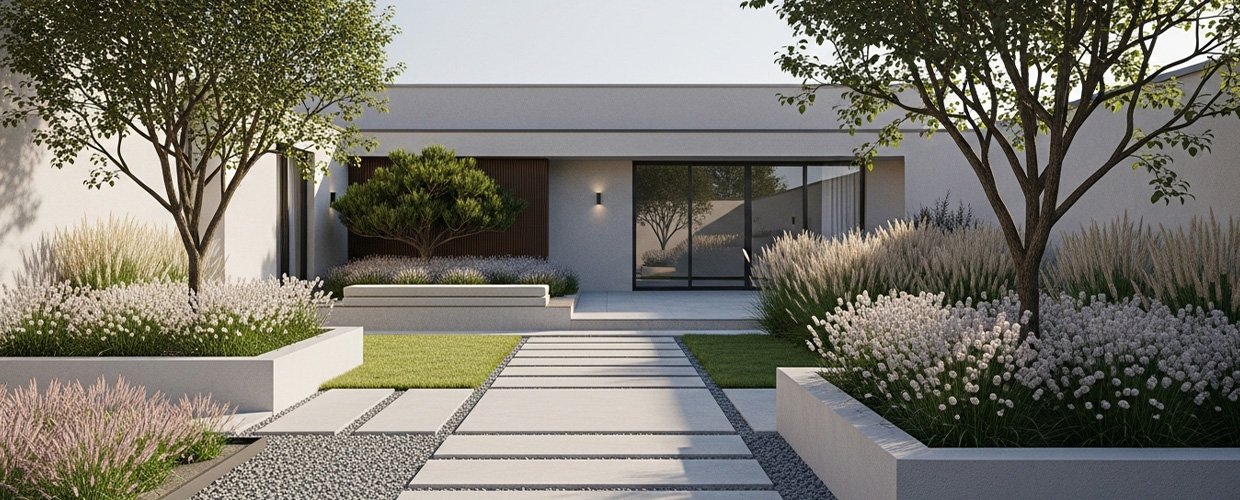
July 25, 2025
Minimalist Landscaping Ideas for Modern Homes
In the realm of modern architecture and design, minimalism has become a defining trend, particularly in landscaping. Minimalist landscaping is not merely about reducing clutter or simplifying design; it’s about creating serene, functional outdoor spaces that complement the clean lines and open spaces of modern homes. This design philosophy emphasizes the use of fewer, but more meaningful, elements to create a harmonious balance between nature and architecture. By focusing on simplicity, minimalist landscaping can transform any outdoor area into a tranquil retreat that enhances the overall aesthetic of a home. The importance of minimalist landscaping lies in its ability to create spaces that are both beautiful and practical, encouraging a connection with nature while maintaining a sense of order and clarity. This approach often involves the strategic use of natural materials, a limited color palette, and an emphasis on clean, geometric lines. These elements work together to create a cohesive look that is both modern and timeless. For homeowners looking to embrace this style, understanding the principles of minimalist landscaping is crucial. It’s about making deliberate choices that reflect personal style while adhering to the minimalist ethos of ‘less is more.’ This introduction will explore the key concepts and benefits of minimalist landscaping, setting the stage for a deeper dive into specific ideas and strategies that can be applied to modern homes. Whether you’re looking to revamp a small urban garden or a sprawling suburban yard, minimalist landscaping offers a versatile and sustainable solution that can enhance your home’s curb appeal and create a peaceful outdoor sanctuary.
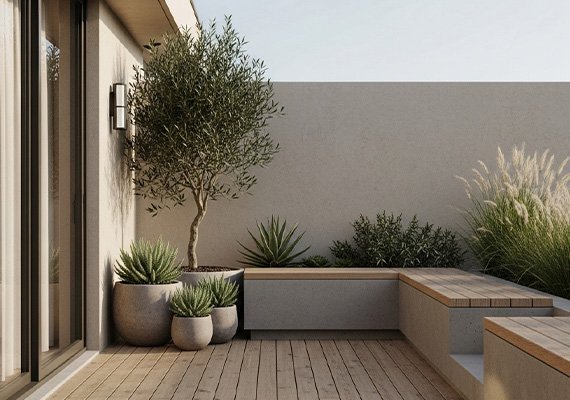
At the heart of minimalist landscaping is the principle of simplicity, which can be achieved through careful selection of plants, materials, and design elements. One effective strategy is to use a limited palette of plants that complement each other in terms of color, texture, and form. This might include grasses, succulents, and evergreens, which provide year-round interest without overwhelming the senses. By focusing on a few well-chosen plant species, you can create a cohesive look that is easy to maintain. Another key aspect of minimalist landscaping is the use of natural materials such as stone, wood, and gravel. These materials help to create a seamless transition between the built environment and the natural landscape. For instance, a gravel pathway can lead the eye through the garden, while wooden decking provides a warm, inviting space for relaxation. Hardscaping elements like these not only add structure and definition to the landscape but also reduce the need for extensive lawn areas, which can be high-maintenance. In addition to plants and materials, minimalist landscaping often incorporates water features, such as a simple pond or a sleek fountain, to add a sense of tranquility and movement to the space. These features can serve as focal points, drawing attention and providing a soothing auditory experience. Lighting also plays a crucial role in minimalist landscapes, highlighting architectural features and creating ambiance after dark. By using subtle, strategically placed lighting, you can enhance the beauty of your outdoor space and extend its usability into the evening hours. Overall, minimalist landscaping is about creating a space that is not only visually appealing but also functional and sustainable. By embracing the principles of simplicity, balance, and harmony, you can transform your outdoor area into a modern oasis that reflects your personal style and enhances your home’s overall design.
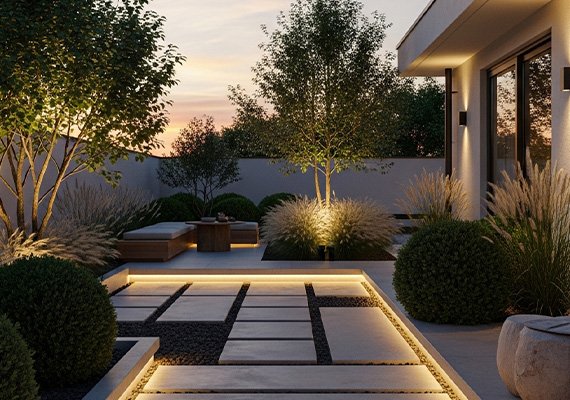
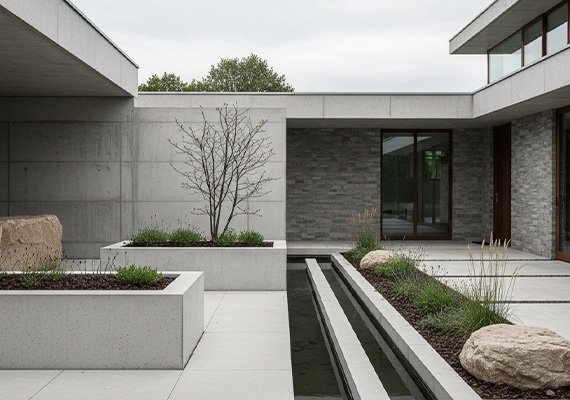
As we conclude our exploration of minimalist landscaping ideas for modern homes, it’s important to remember that the essence of this approach lies in its simplicity and functionality. By focusing on a limited selection of plants and materials, homeowners can create outdoor spaces that are both beautiful and easy to maintain. The use of natural materials like stone and wood not only enhances the aesthetic appeal of the landscape but also ensures a seamless integration with the surrounding environment. Water features and strategic lighting further enhance the ambiance, making these spaces inviting and peaceful. Minimalist landscaping is not just a design trend; it’s a lifestyle choice that promotes sustainability and mindfulness. By reducing clutter and focusing on the essentials, you create a more harmonious living environment that encourages relaxation and reflection. This approach is particularly well-suited to modern homes, where the emphasis is often on clean lines and open spaces. Ultimately, the key takeaway is that minimalist landscaping offers a versatile and sustainable solution for enhancing the beauty and functionality of outdoor spaces. Whether you’re starting from scratch or looking to update an existing garden, embracing the principles of minimalism can help you create a modern oasis that complements your home and enriches your life. As you consider your own landscaping projects, keep these ideas in mind and remember that sometimes, less truly is more.
TRENDING NOW

